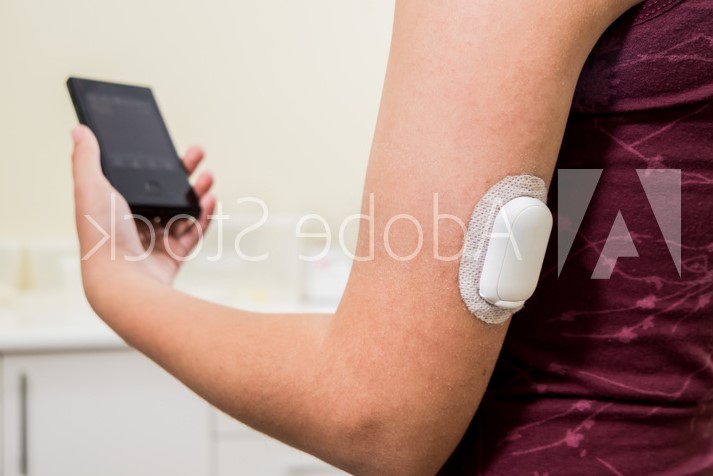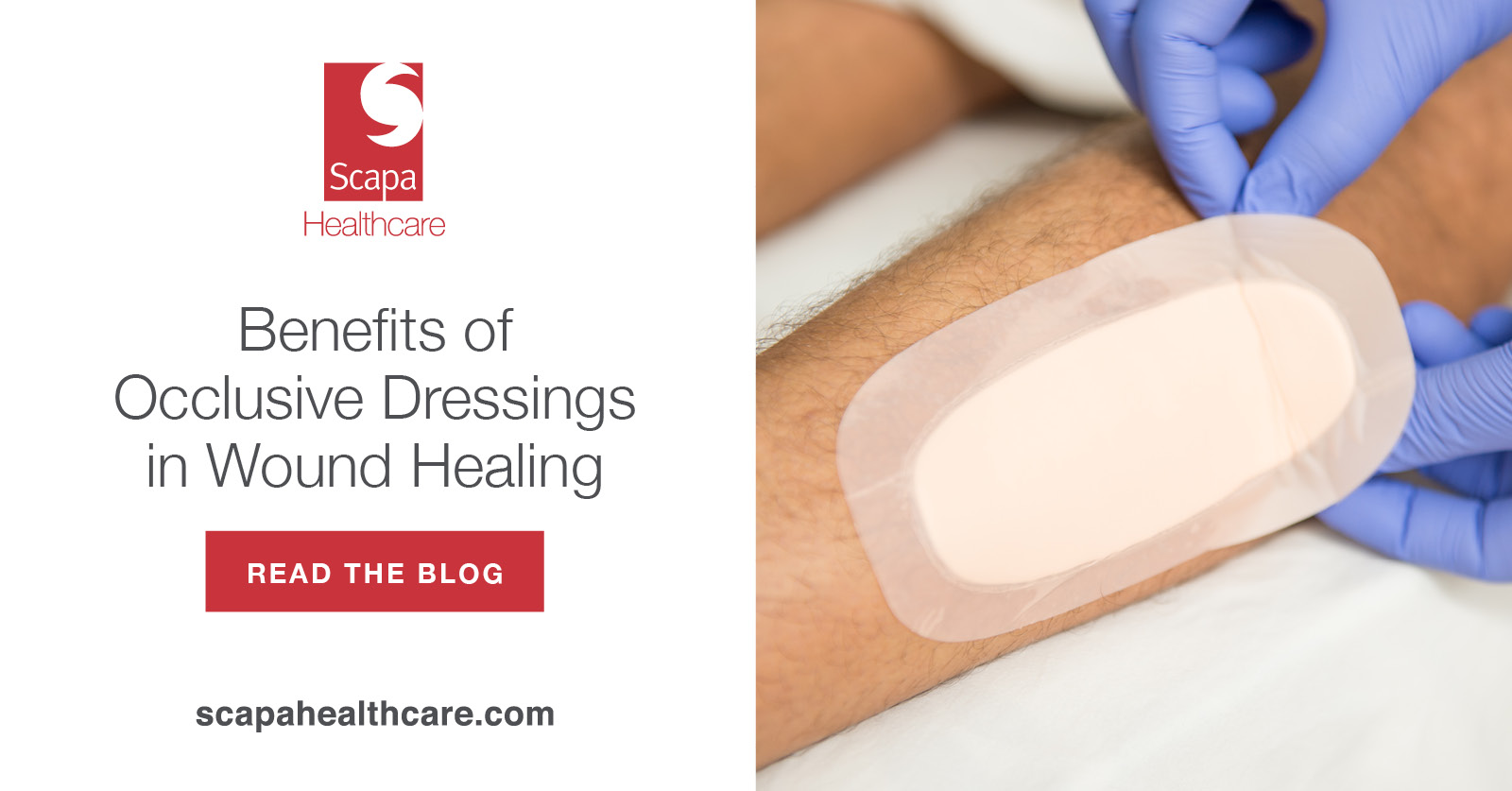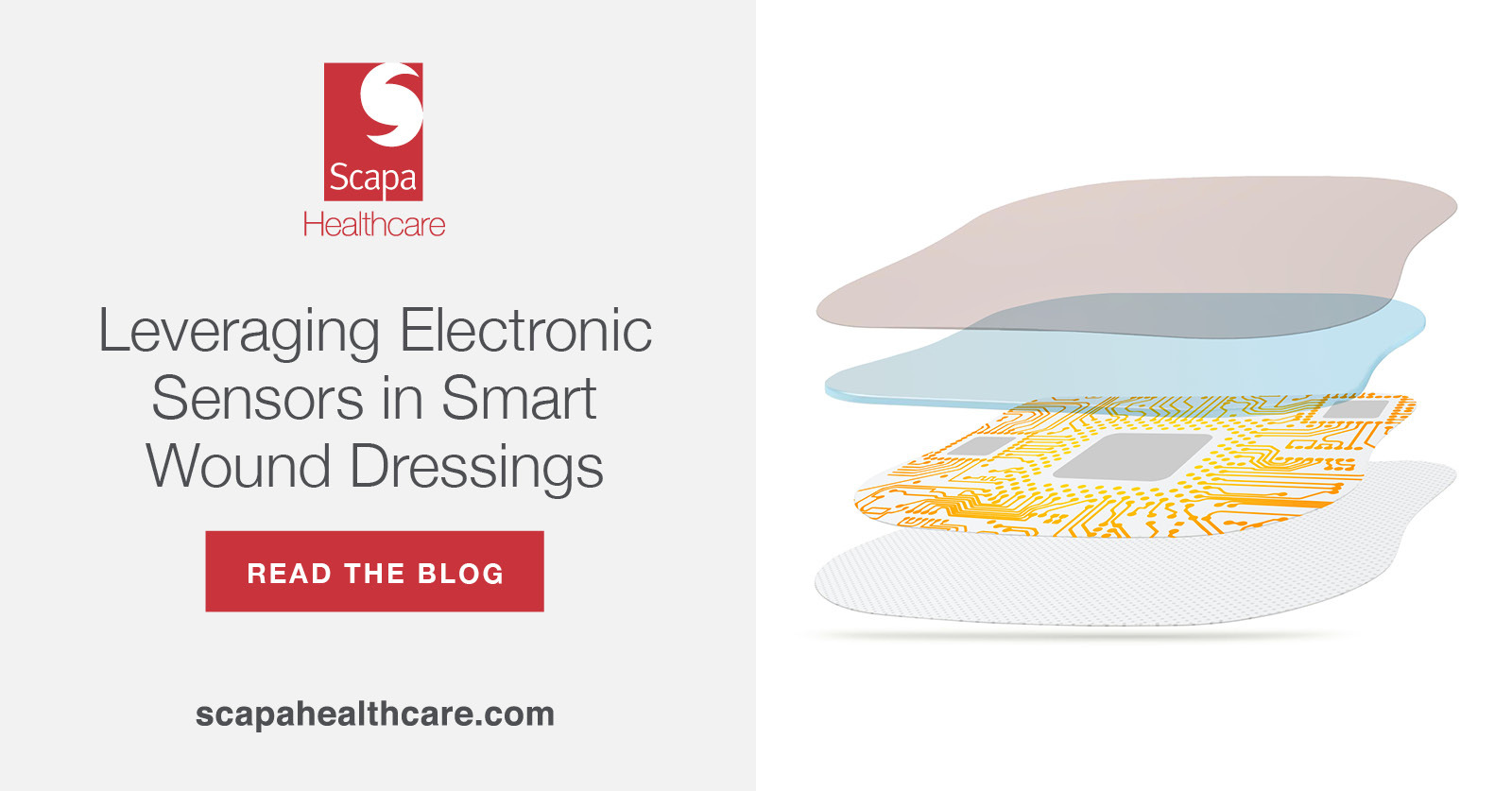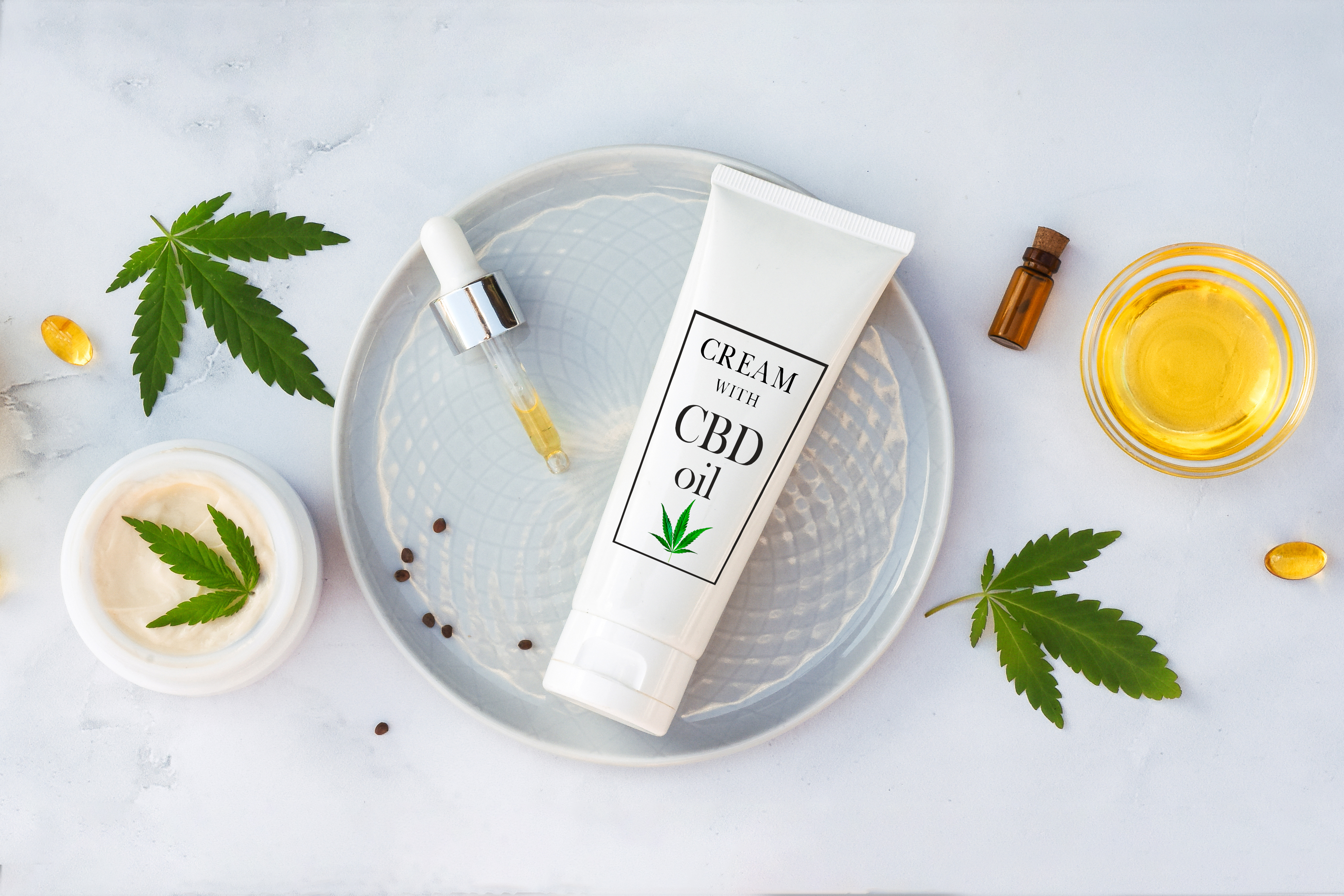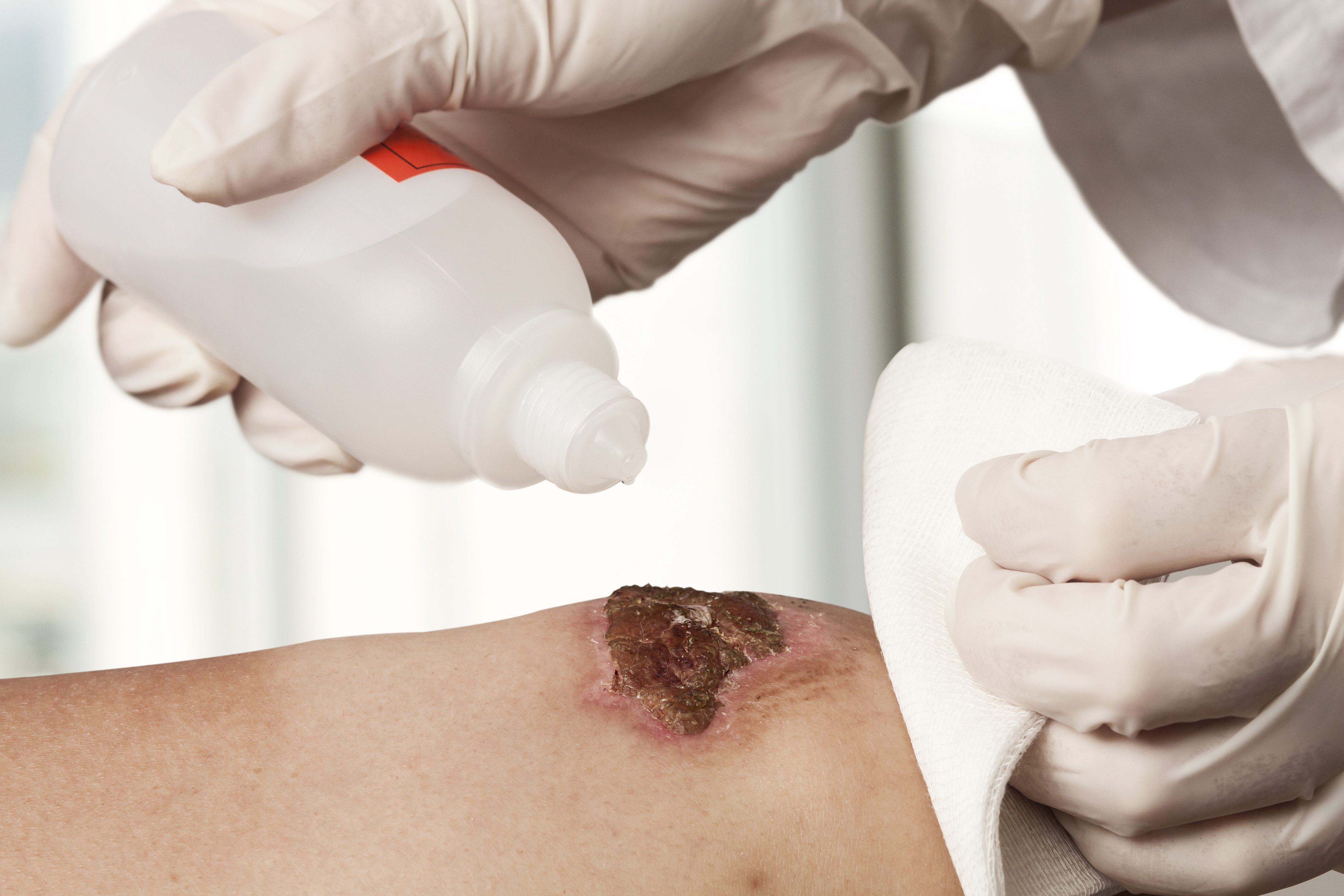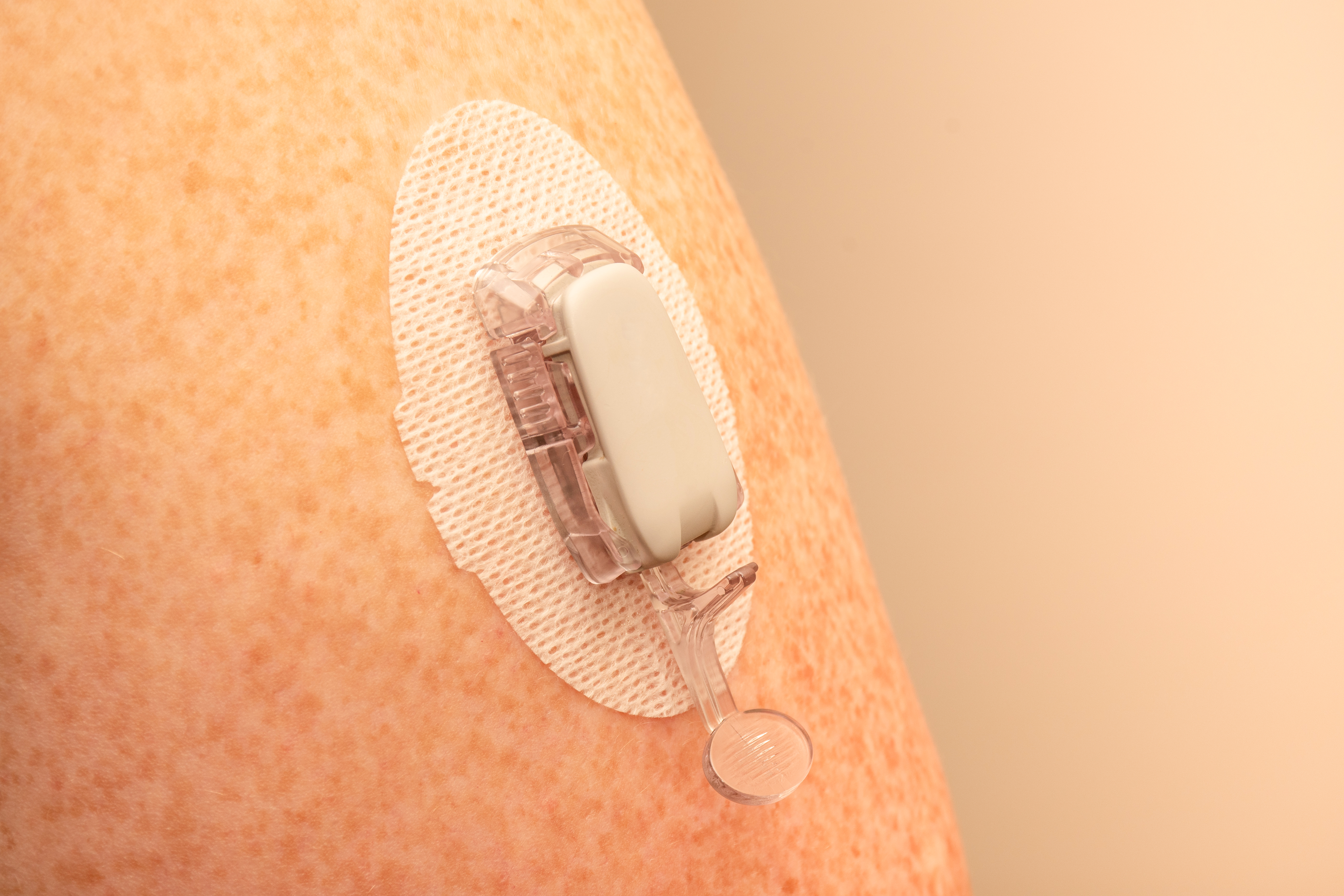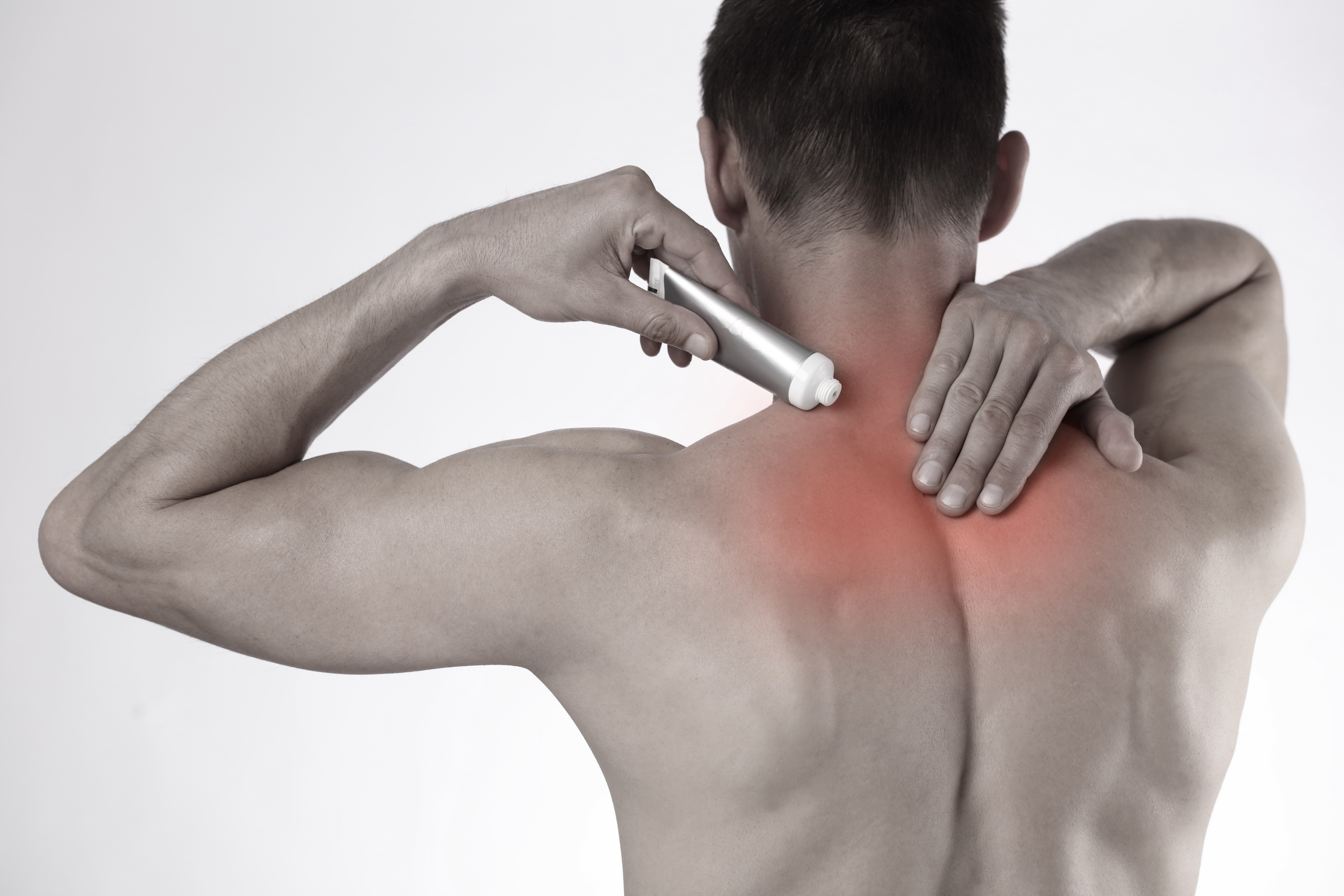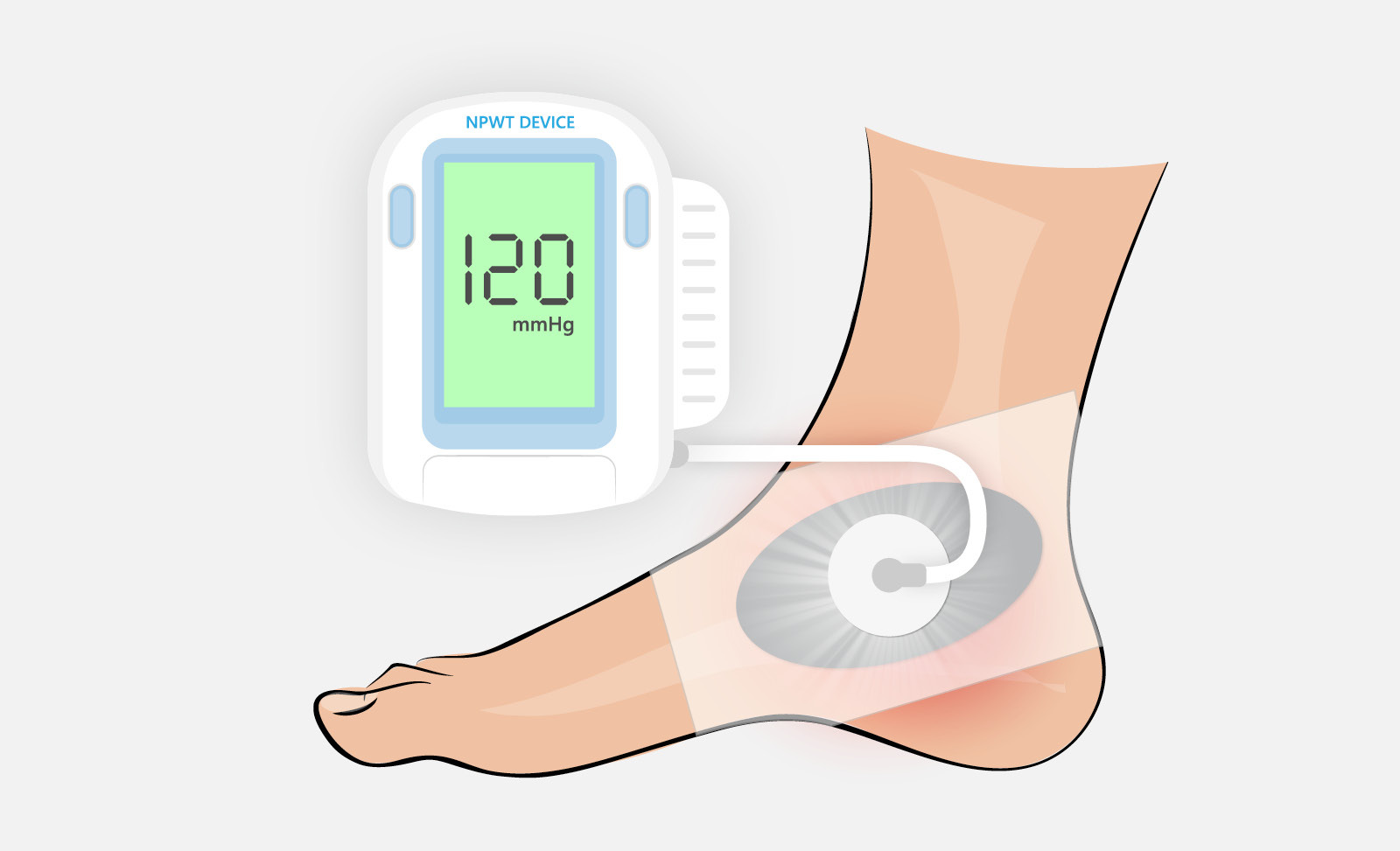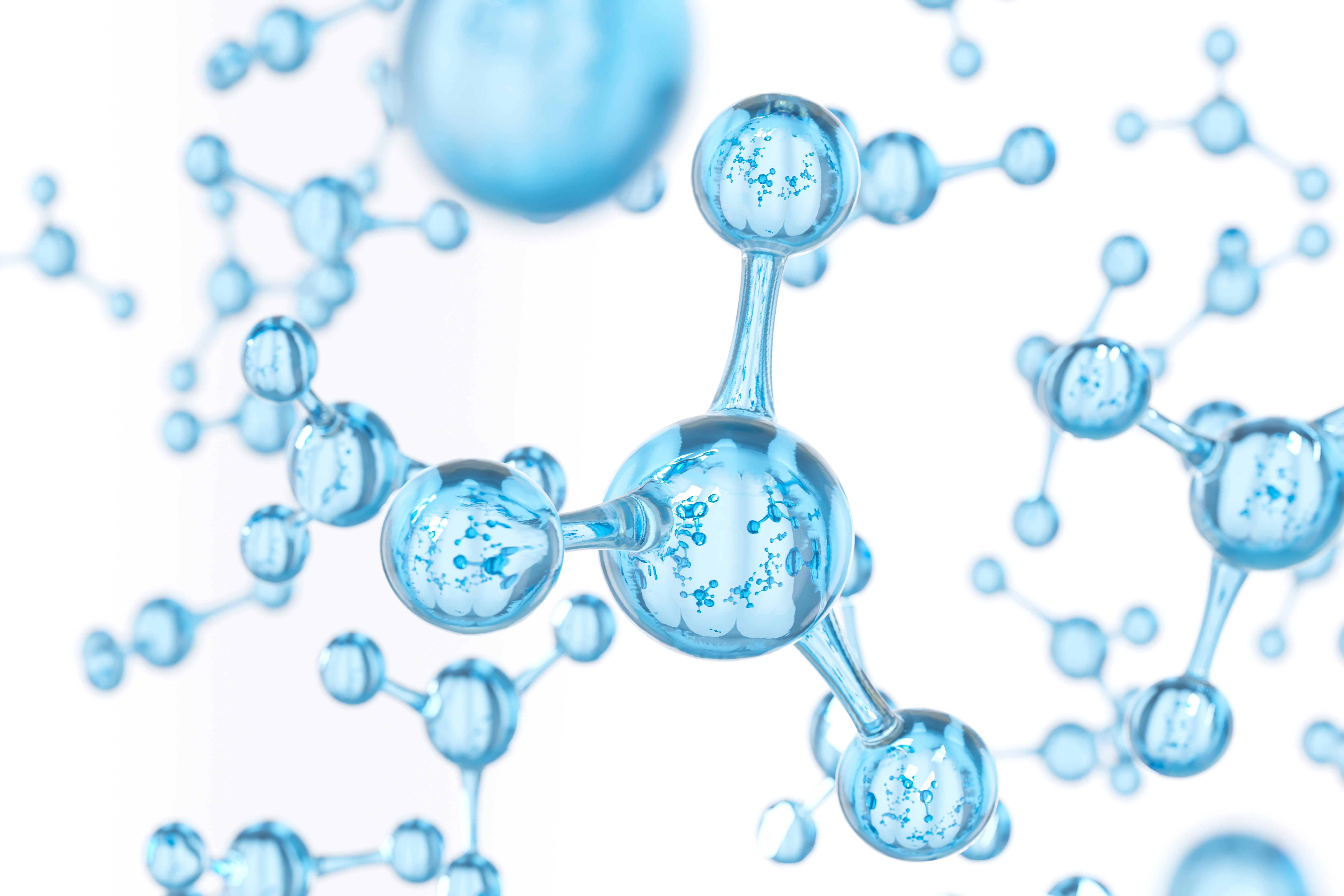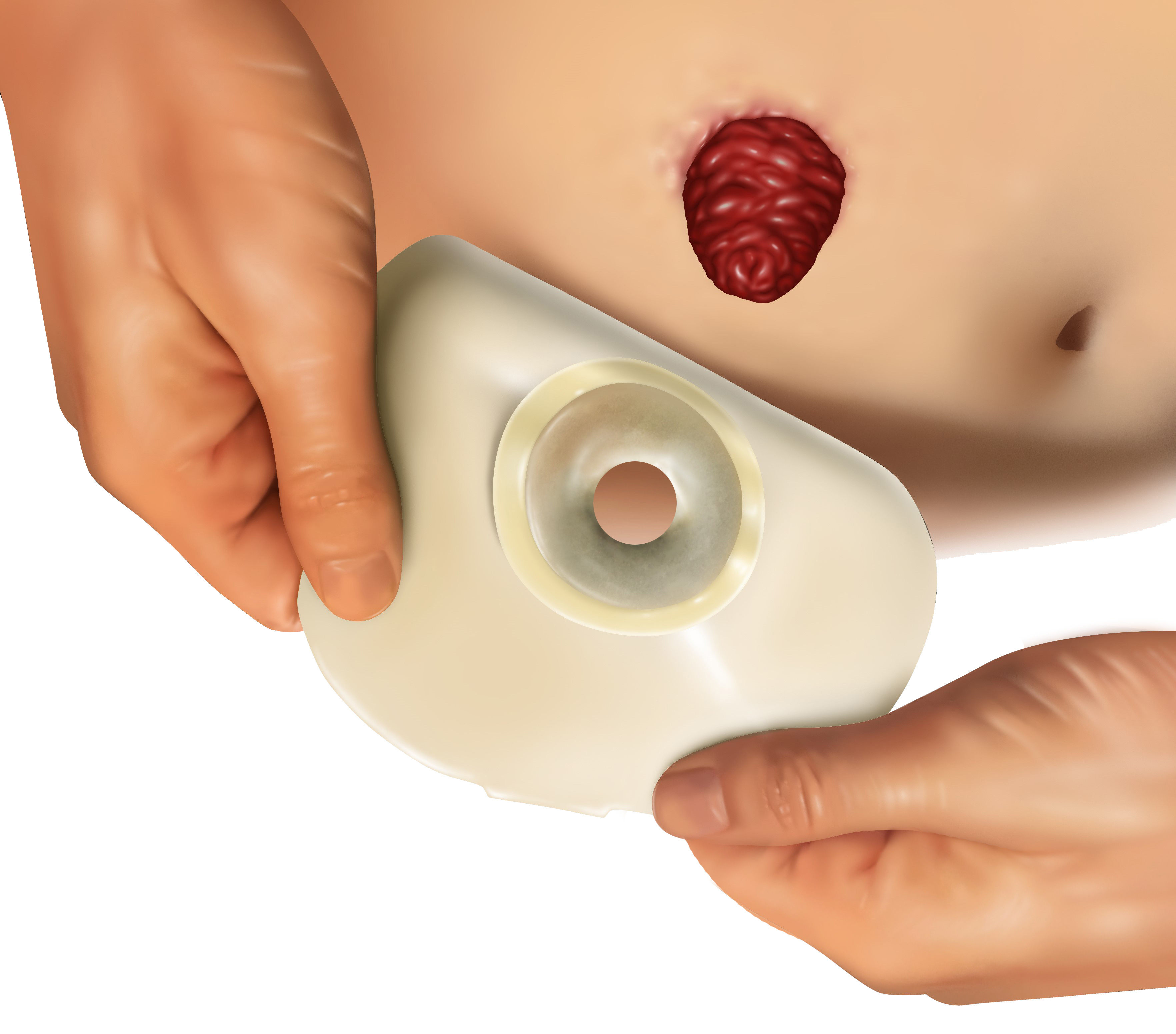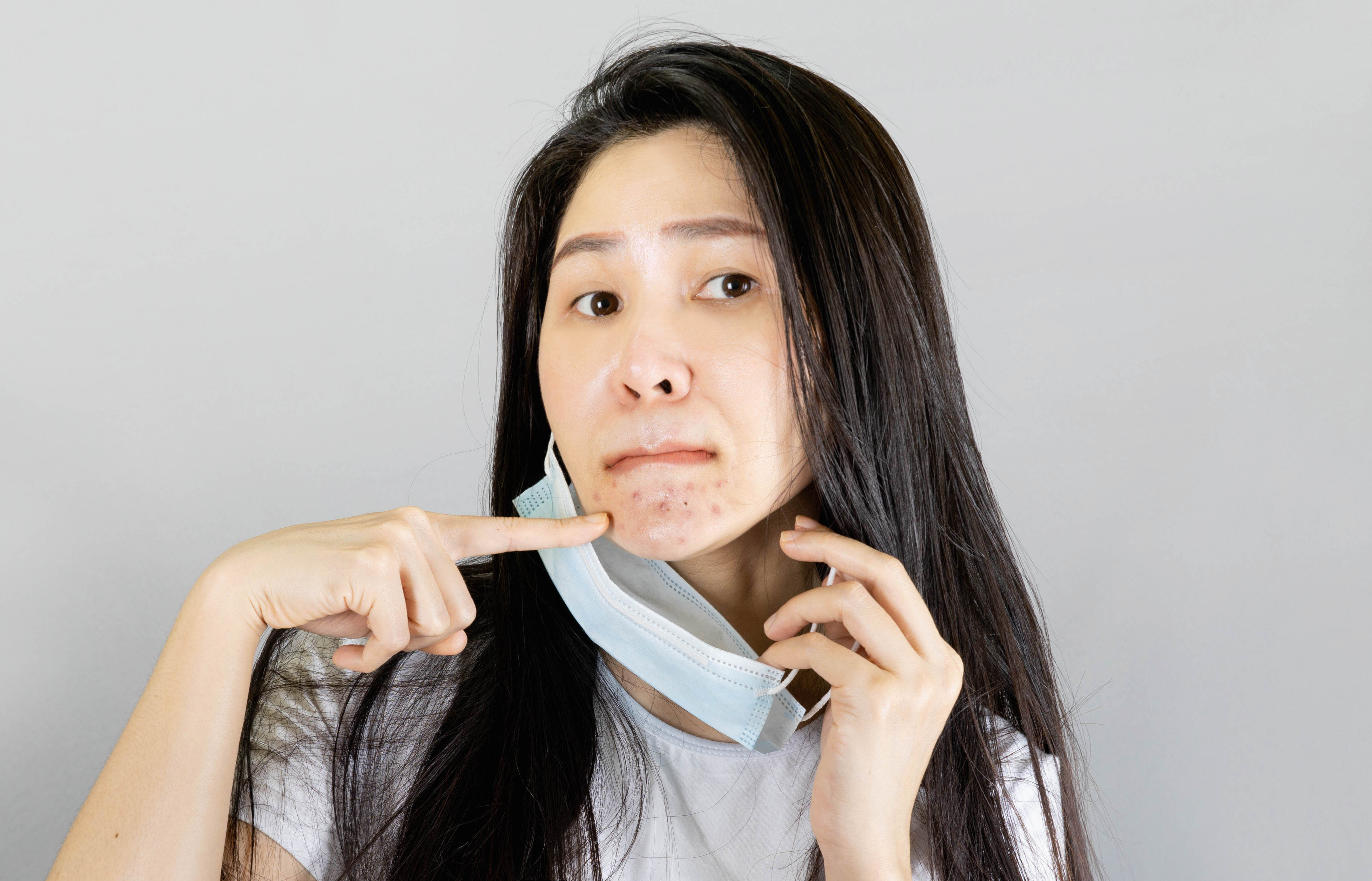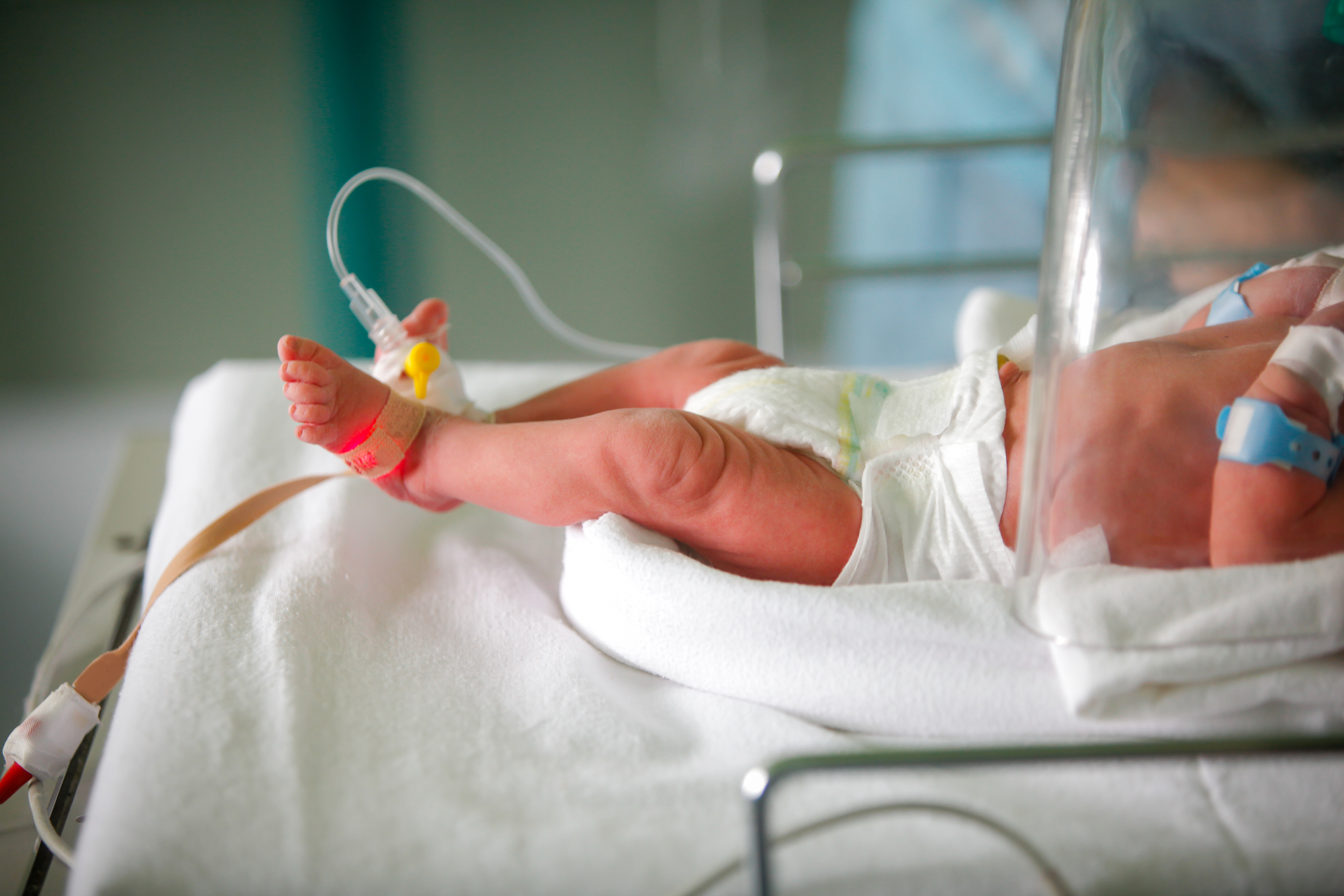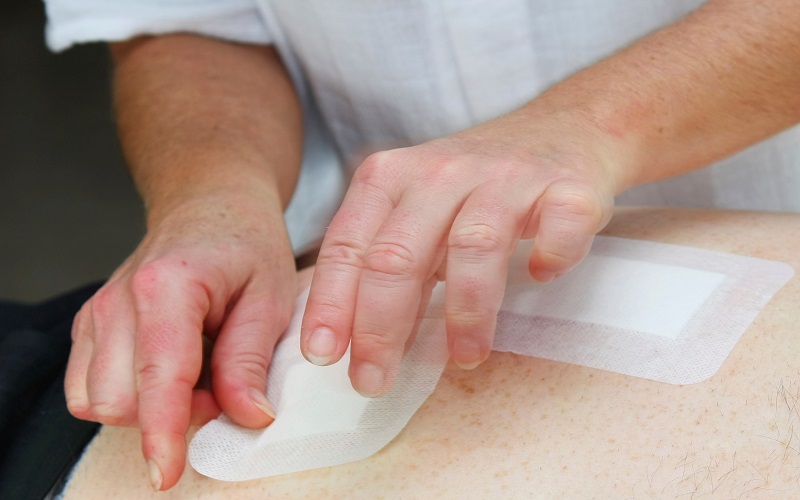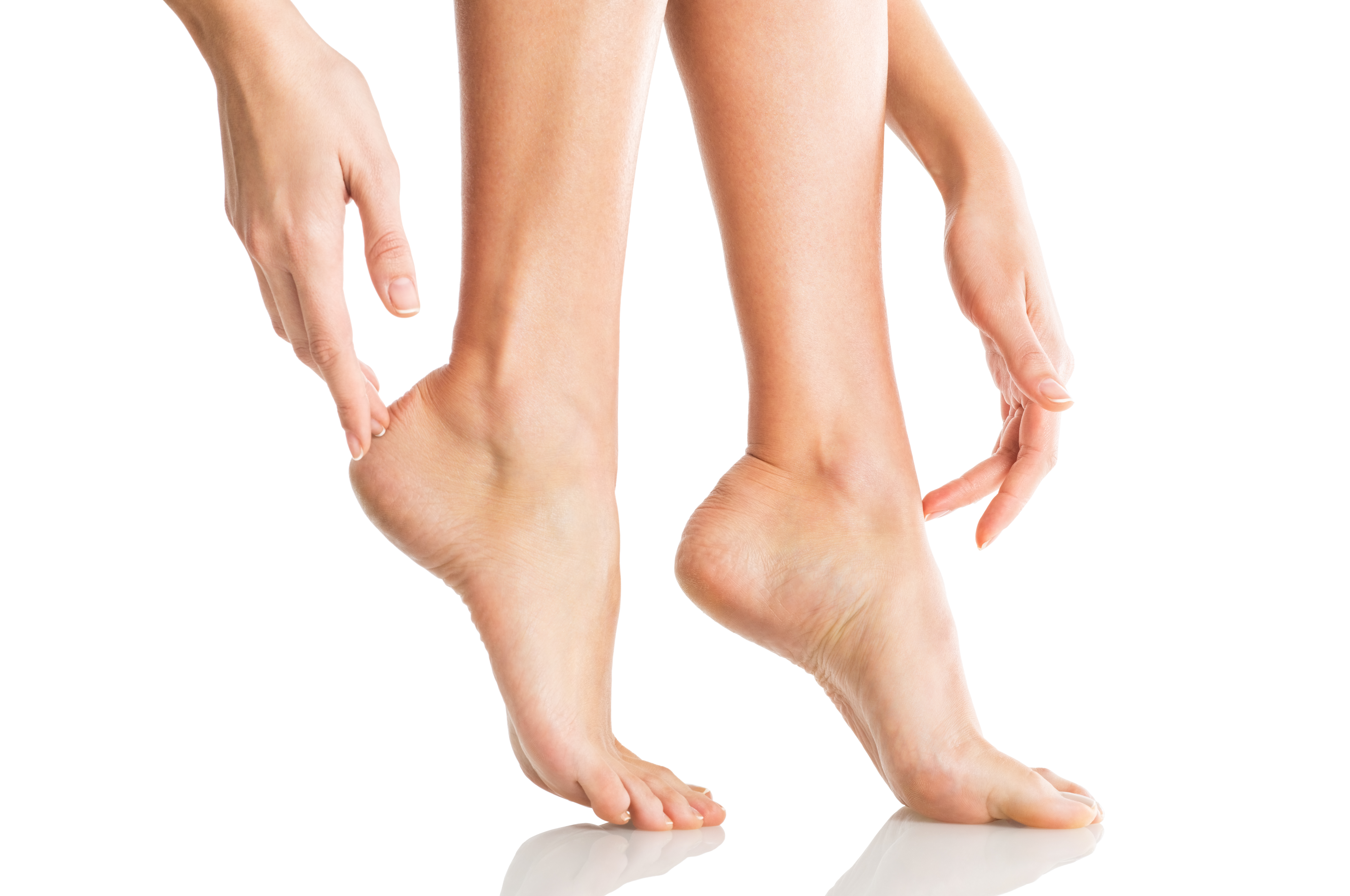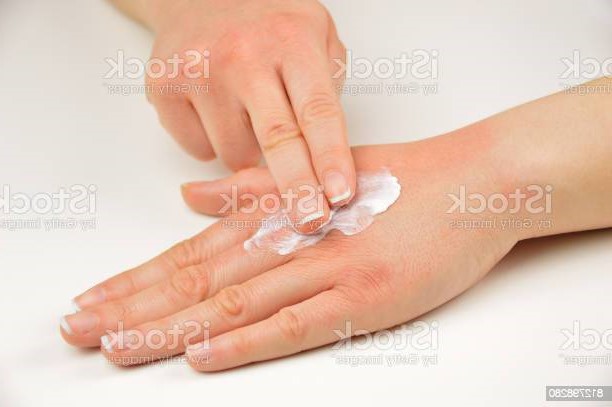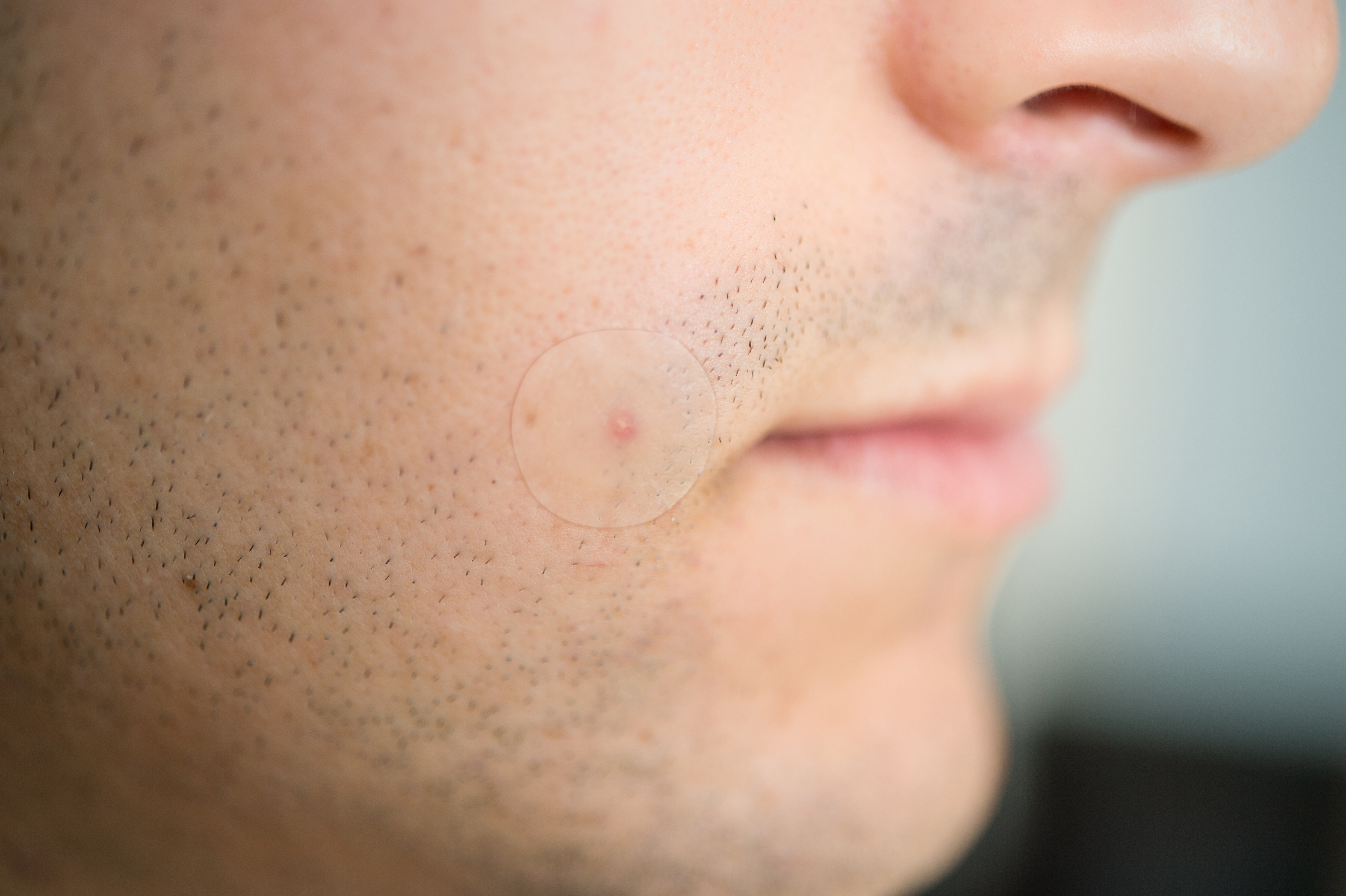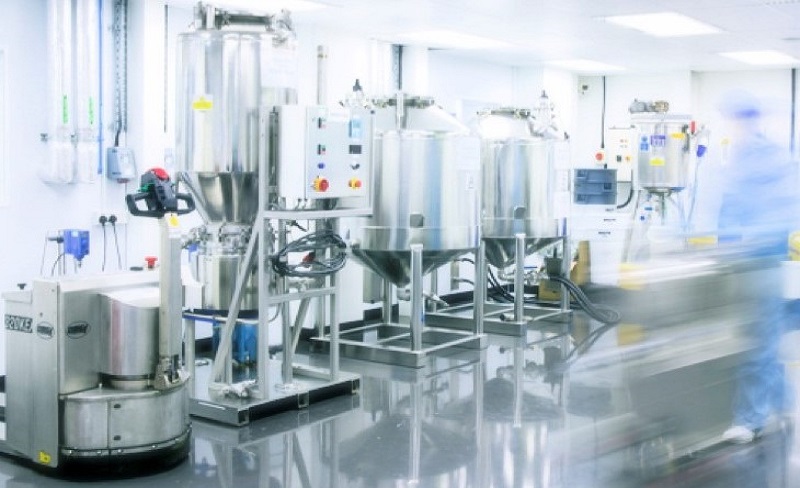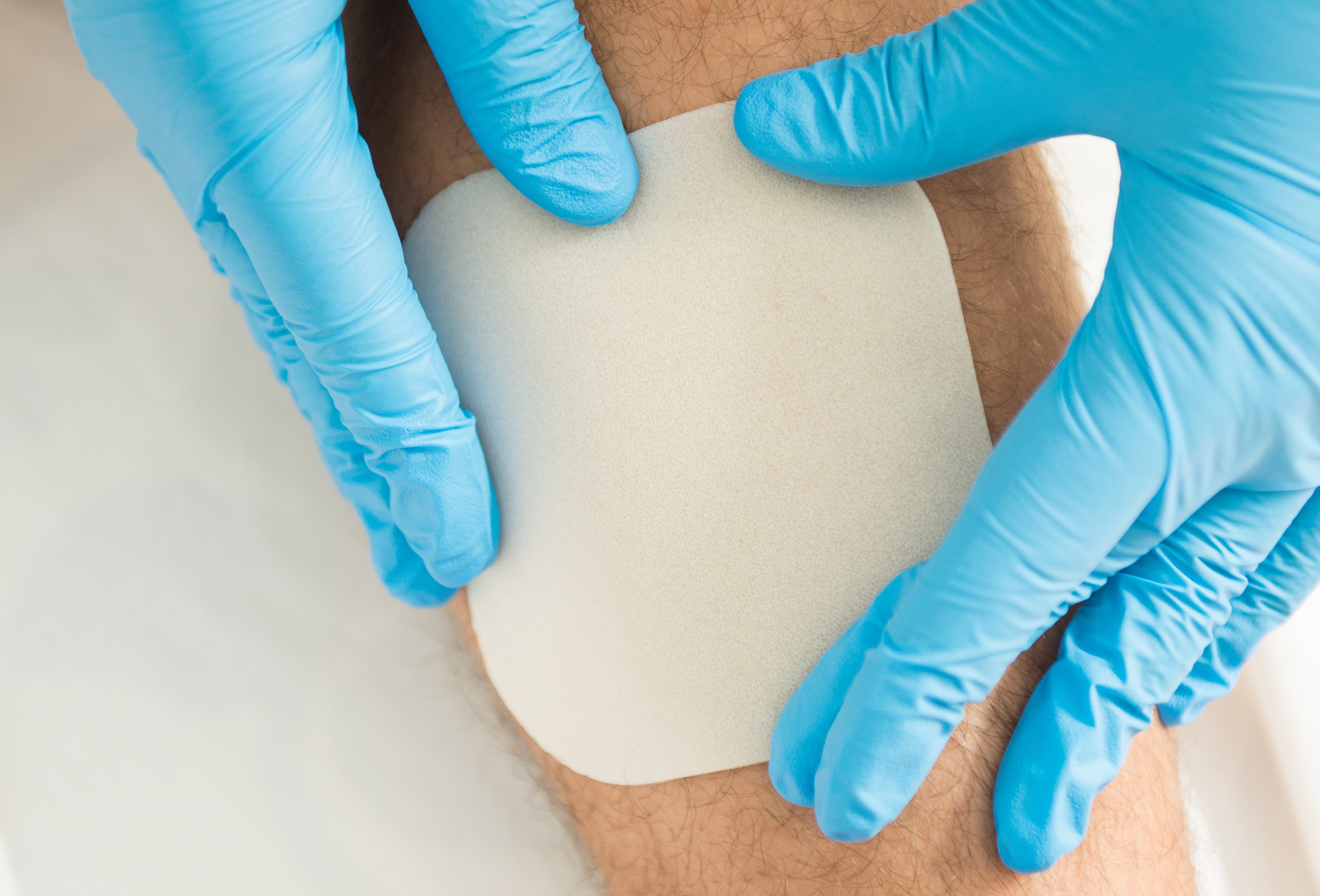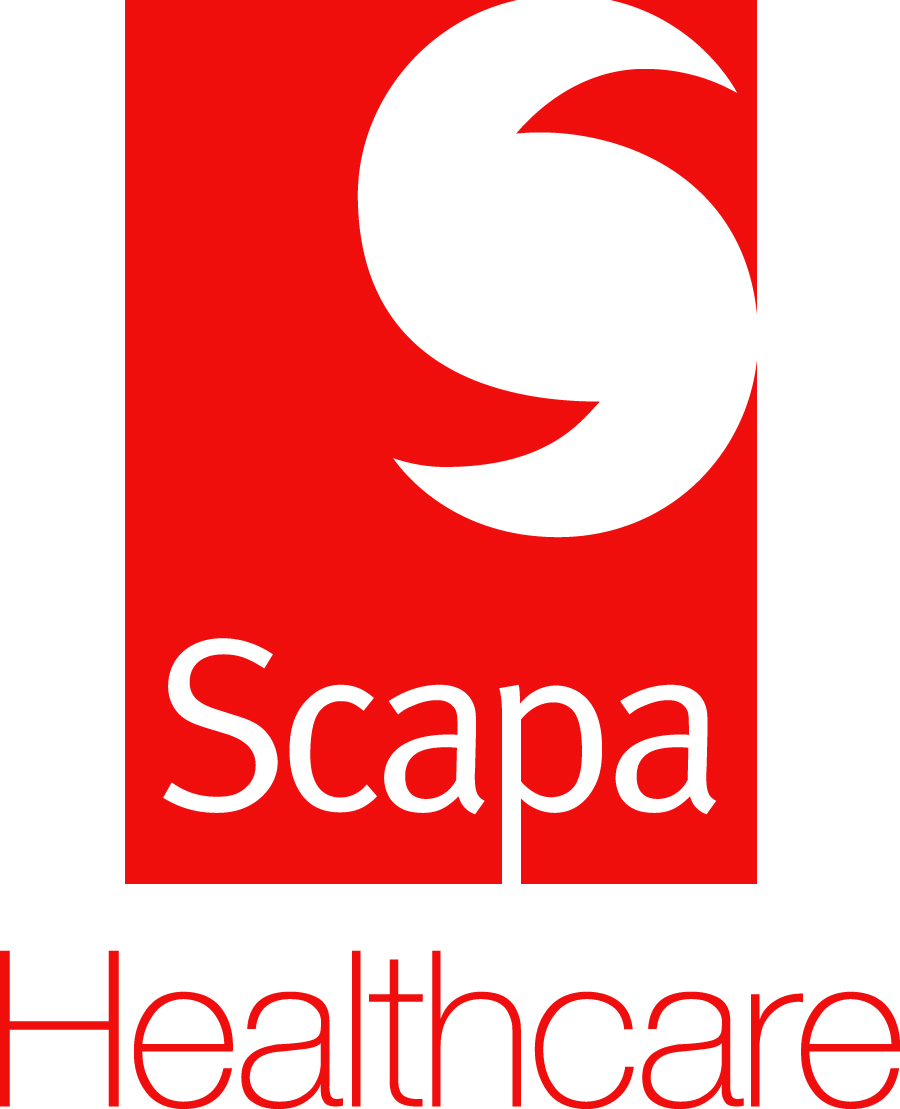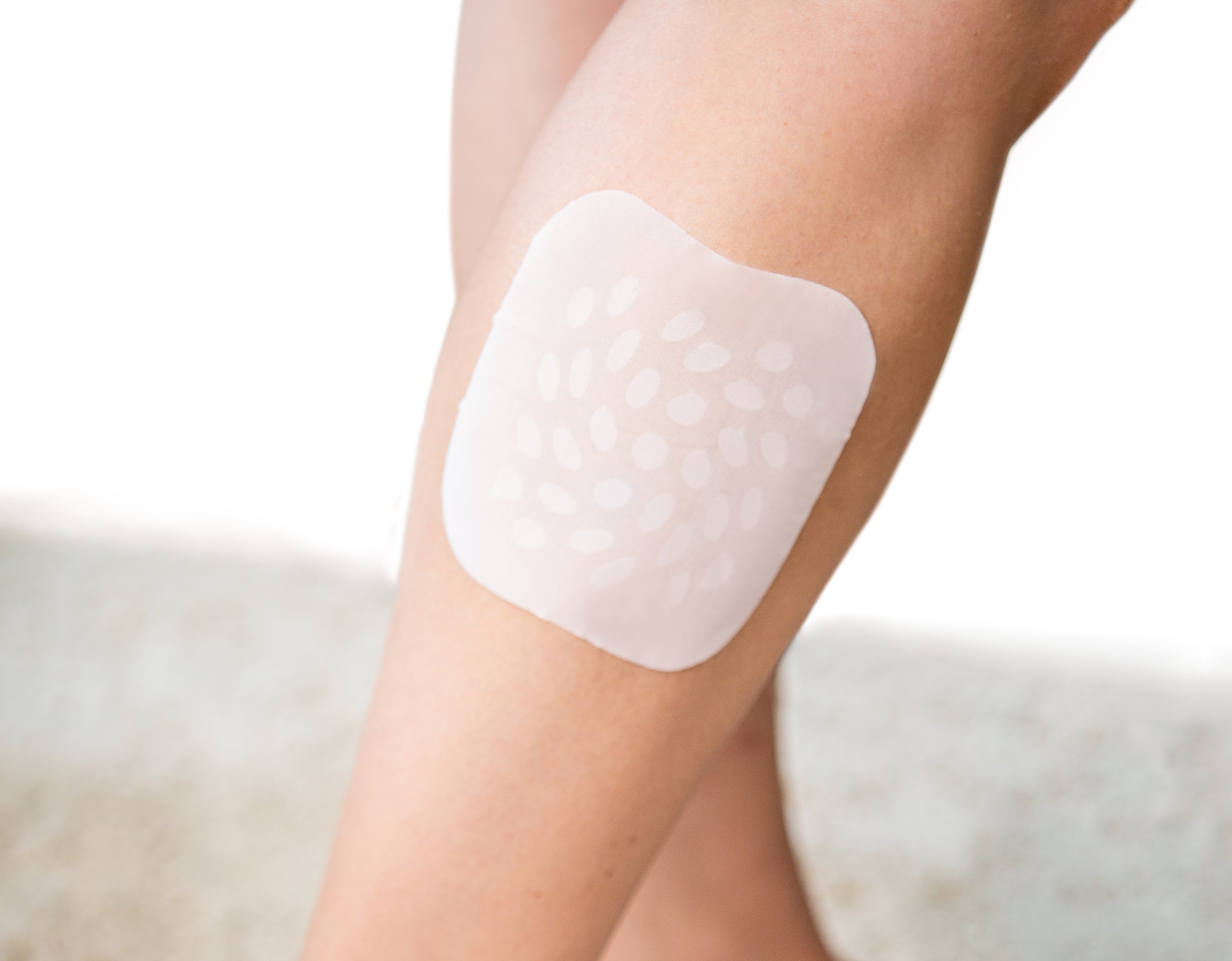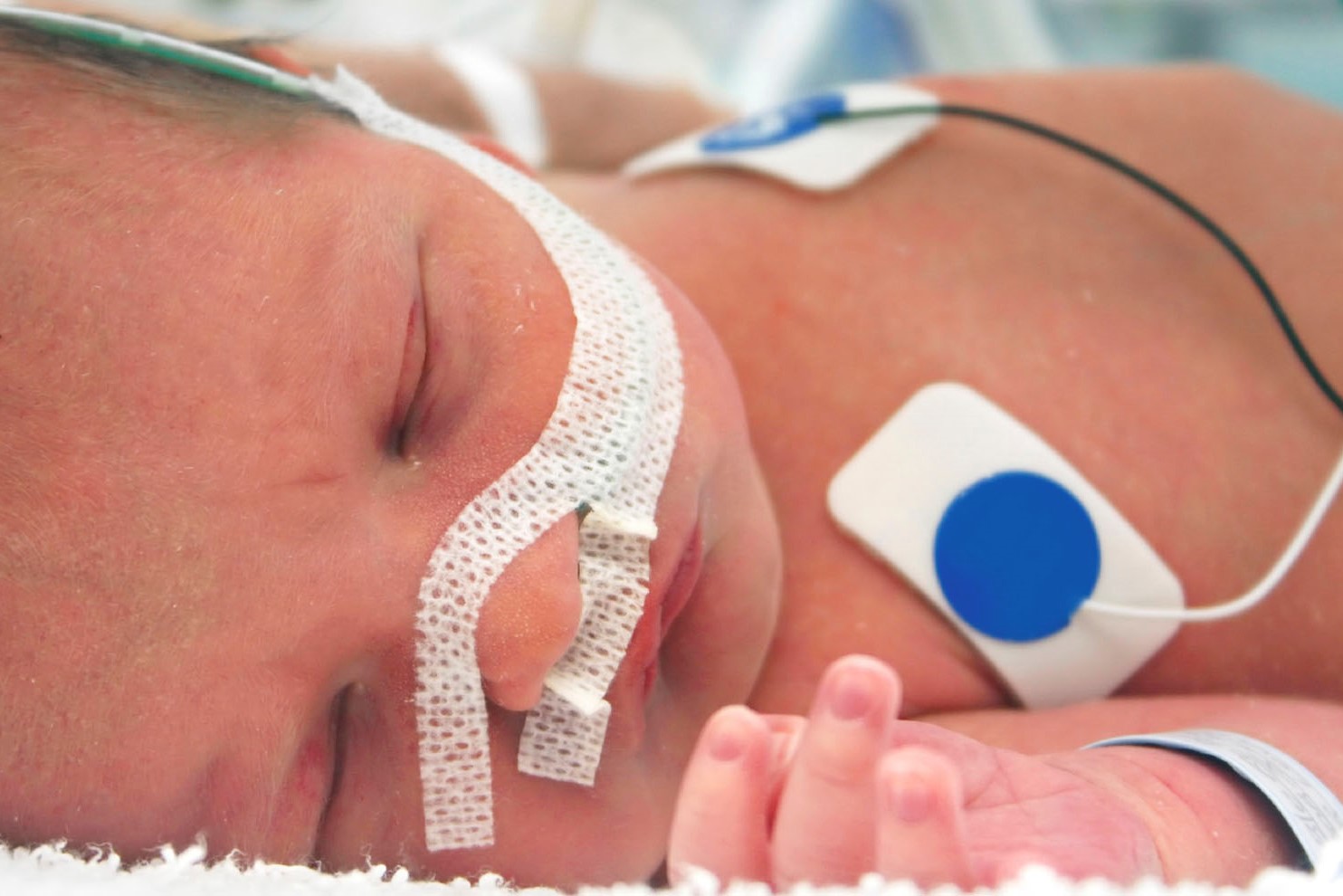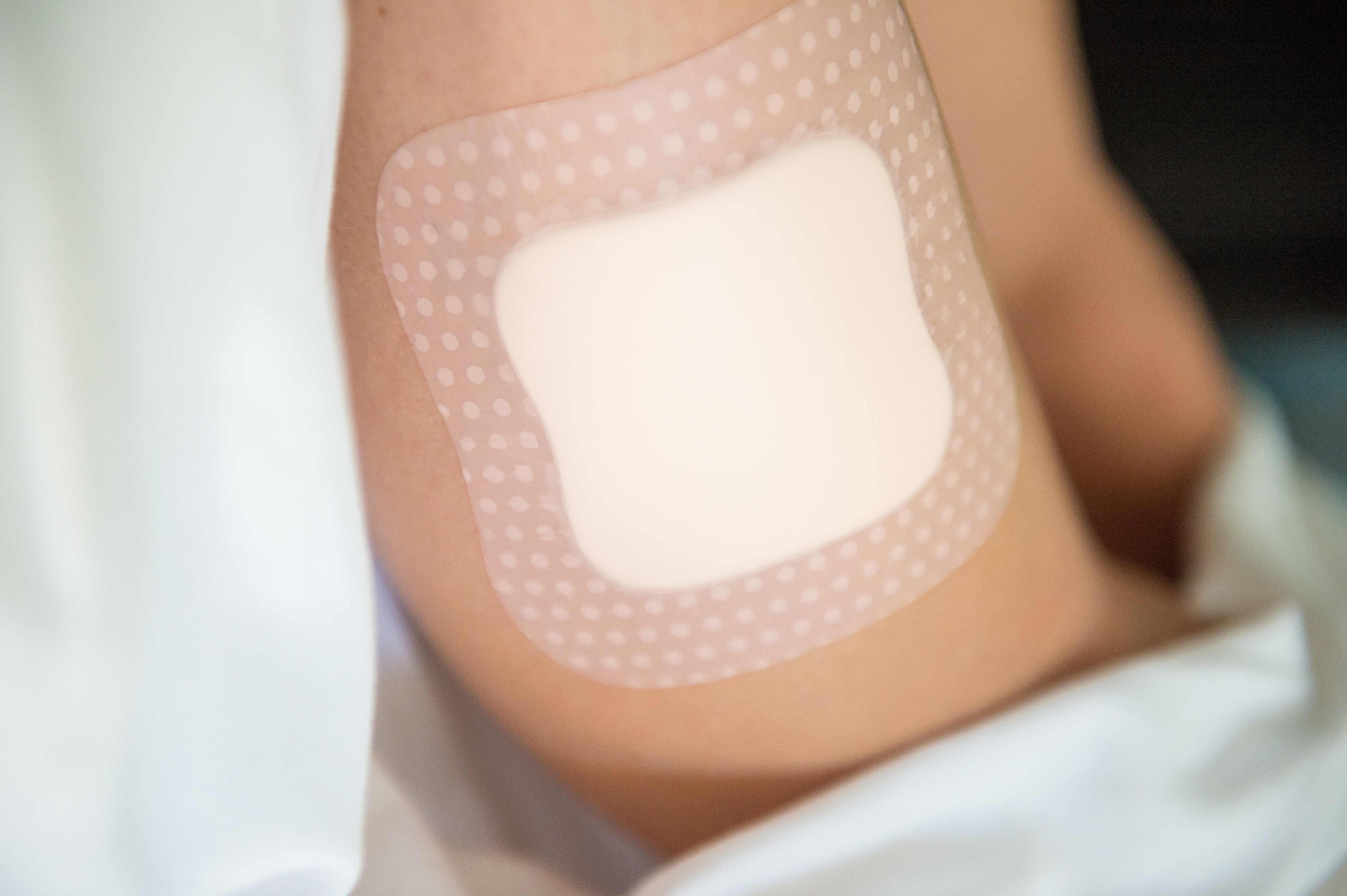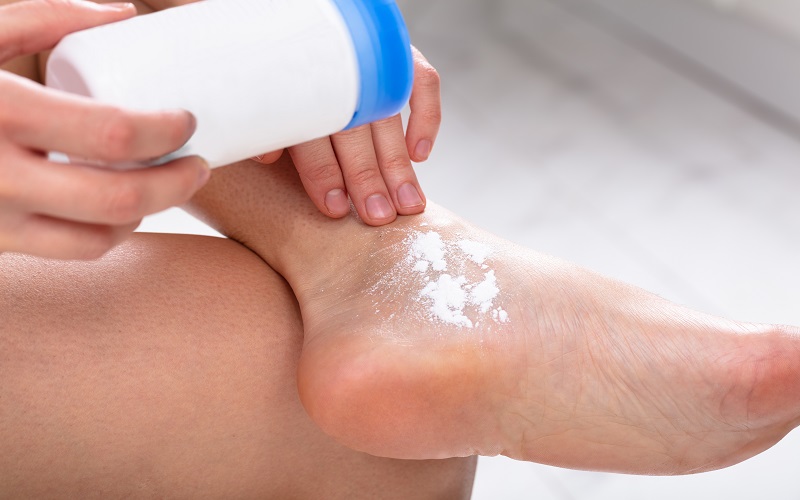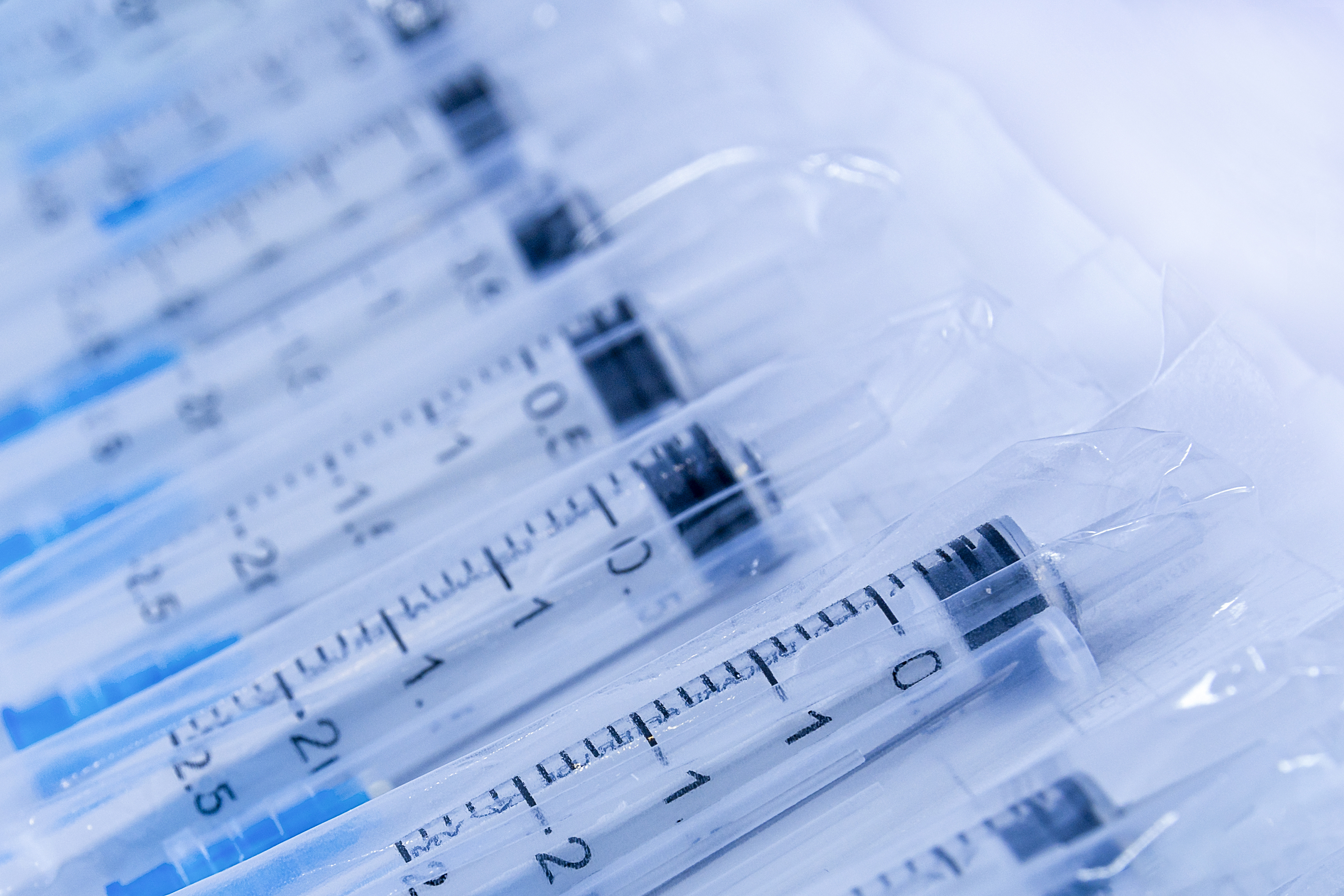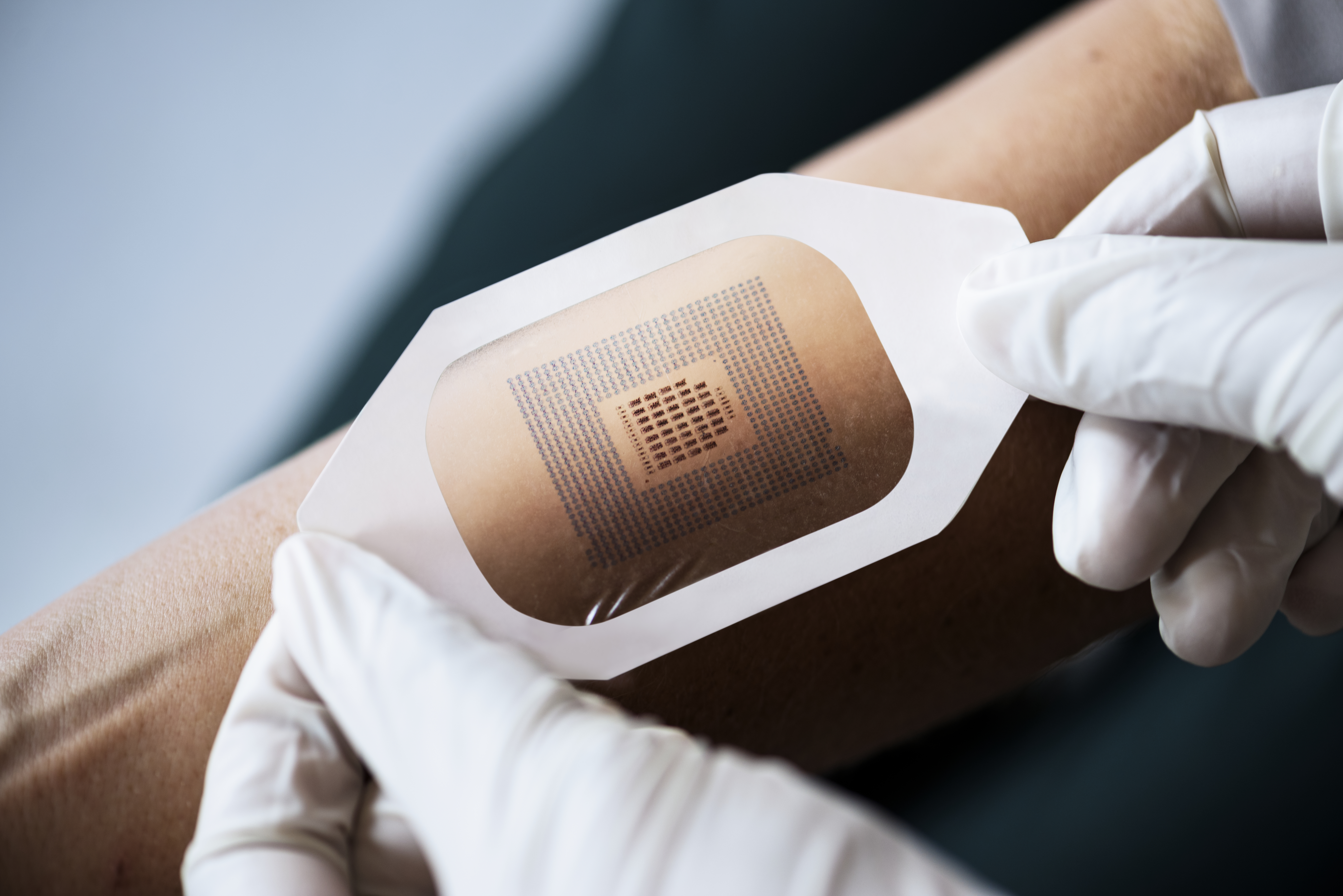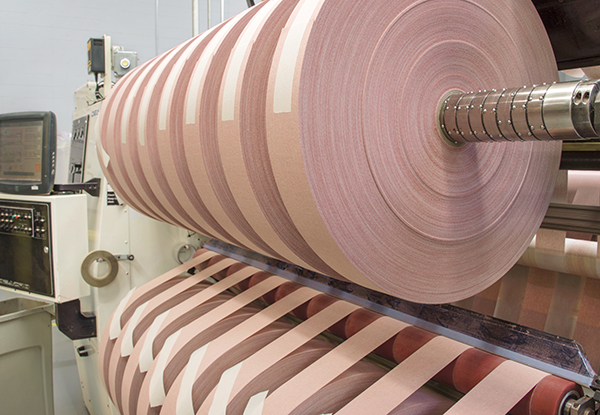The wearable adhesives market is growing rapidly, driven by provider and consumer demand as well as advancements in medical devices for personalized care such as continuous glucose monitoring and point-of-care diagnostics. Wearable adhesives are used to attach medical devices to the body for continuous and long-term durations; the ability to properly adhere to the skin is a key factor for an effectively functioning device.
The wearable adhesives market is growing rapidly, driven by provider and consumer demand as well as advancements in medical devices for personalized care such as continuous glucose monitoring and point-of-care diagnostics. Wearable adhesives are used to attach medical devices to the body for continuous and long-term durations; the ability to properly adhere to the skin is a key factor for an effectively functioning device.
The selection and development of this adhesive is challenging and needs careful consideration due to the complex and varying nature of human skin and the characteristics of the specific wearable device, such as its size, weight, flexibility, and application purpose. While proper screening and testing to choose the optimal wearable adhesive may seem time and labor intensive, it can ultimately save time and money by reducing risk in the long run. Moving forward with an existing adhesive carrier substrate without careful evidence might lead to failure at the clinical stage because of improper device adhesion.
In order to identify the adhesive that is the best choice for a particular wearable device, Scapa Healthcare first defines the requirements for the device and its adhesive, including:
- Targeted users
- Application site
- Wear duration for individual application and number of expected re-applications
- Condition of use (at rest or active patient)
- Size and weight of the device
- How the device will be attached to the adhesive patch
- Whether the device will cause some occlusion of the patch or allow sweat to pass though the patch
Selection Process
Volunteer Study
How Scapa Healthcare’s team can support your next innovation
Learn more about Scapa Healthcare’s MEDIFIX Solutions™ for wearable medical device fixation here.
View website


